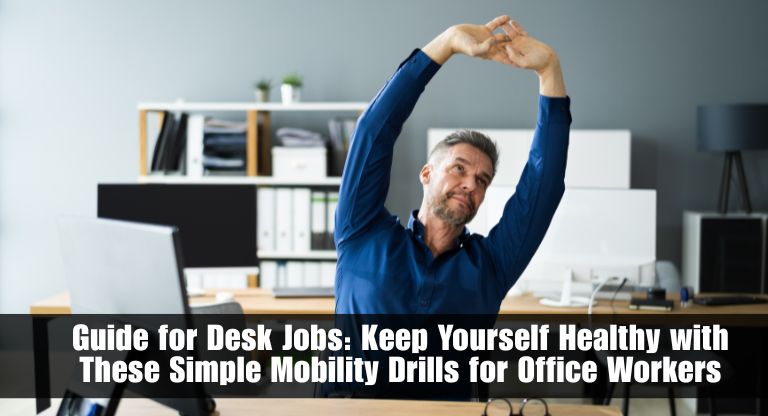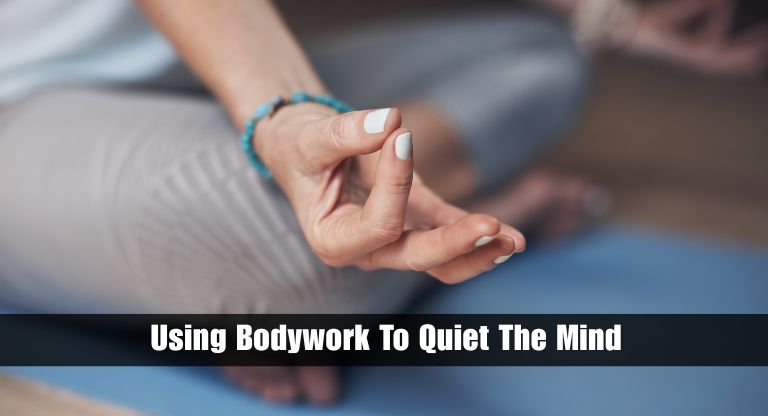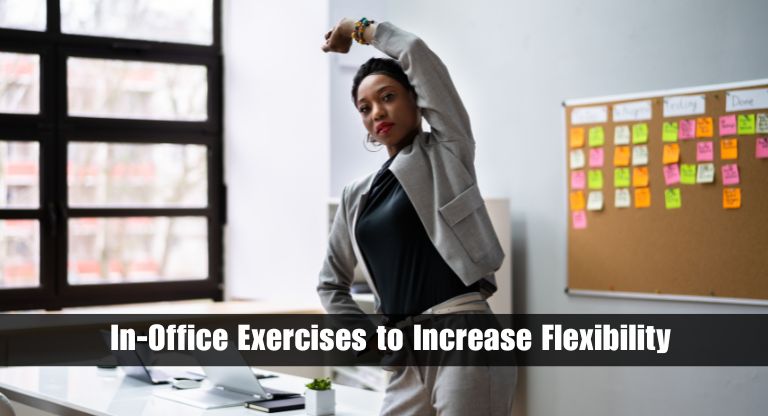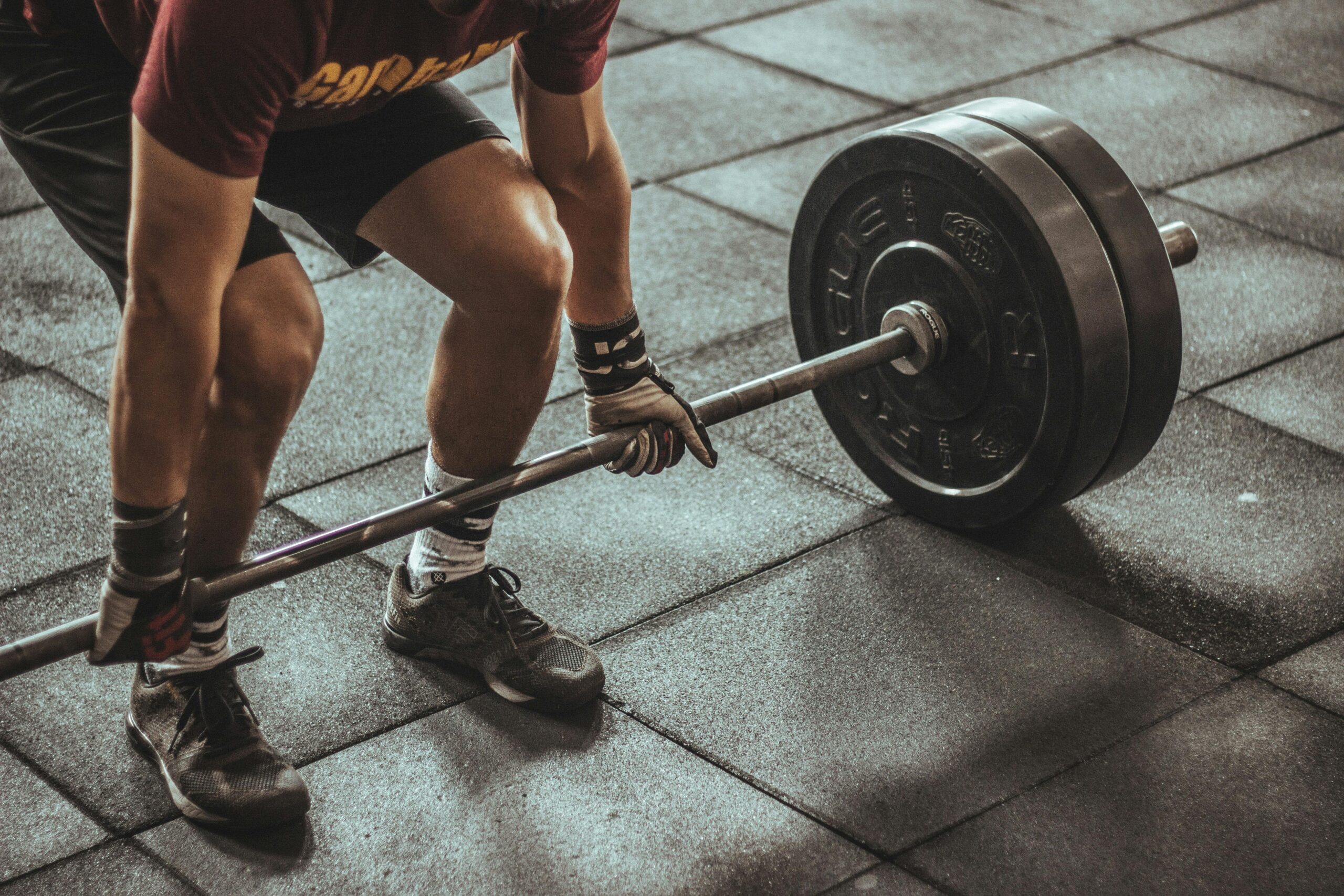Guide for Desk Jobs: Keep Yourself Healthy with These Simple Mobility Drills for Office Workers

For millions of desk job workers, long hours of sitting have quietly become one of the biggest dangers to overall health. Stiff shoulders, back aches, sore hips, and even reduced concentration are just some of the effects of spending day after day over a computer monitor. But the bright side? You don’t have to spend money on a big gym membership fee or waste hours managing the impact of desk work. Office worker mobility exercises can return your flexibility to its former days, keep your posture in the right position, and leave you feeling more alert, all from within your workstation or office space.
In this article, we’re going to explain why mobility is essential for office workers, introduce simple drills you can perform at the workplace, and demonstrate how a few minutes each day can greatly improve your health and comfort.
Why do office workers need mobility drills?
When you sit for long periods, your body will naturally adapt to the sitting position. This results in:
- Tight hip flexors from bent legs.
- Rounded shoulders and weakened upper back muscles from leaning forward.
- Compressed spine and lower back rigidity due to poor posture.
- Reduced blood flow to your feet and legs.
These physical changes, if continued, may result in chronic pain, range of motion loss, muscle imbalance, and even chronic conditions such as nerve compression. Feeling physically upset at work may reduce your mental concentration and efficiency.
That’s where mobility drills for office workers come in. Far apart from general stretches, mobility drills are active movements designed to increase your joint range of motion, engage underused muscles, and reawaken areas of your body that have become stiff or inactive. Think of them as mini tune-ups for your body throughout the day.

5 Simple mobility drills for office workers
You don’t have to use a yoga mat or gym clothes to perform these exercises, just a couple of minutes and some available space next to your workspace.
Seated Spinal Twist
What it does: Improves spinal movement, stretches the back, and relieves tension in your upper body.
- Sit straight on your chair and put your feet flat on the floor.
- Put your right hand on the back side of your chair, and your left hand on your right knee.
- Hold it for about 10-15 seconds, taking deep breaths.
- Repeat on the left side, too.
- Try to do this every hour to maintain a flexible and relaxed spine.
Standing Hip Flexor Stretch
What it does: Stretches tight hip flexors, reversing the shortening that occurs from sitting for long periods.
- Stand beside your desk.
- Step your right foot back into a soft lunge position.
- Tuck your pelvis back just slightly and hug your glutes.
- Hold 20–30 seconds, taking note of the stretch on the front of the right hip.
- Switch legs.
Repeat this throughout the day and restore flexibility and lower back tension in your hip.
Neck Mobility Circles
What it helps: Loosens up tension in the neck, improves range of motion, and works against strain caused by staring at screens.
- Sit or stand tall.
- Slowly turn your head to the right (ear to shoulder), then roll your chin down to your chest.
- Complete the circle by tilting your head to the left, then back.
- Do 3–5 slow, controlled circles in both directions.
This soft motion releases accumulated tension from hours of screen use.
Desk Shoulder Opener
What it does: Improves shoulder movement, opens the chest, and builds the upper back.
- Stand in front of your desk, put both hands on the edge.
- Move lower and back your upper body toward the floor, keeping your arms straight.
- You should feel a stretch across your shoulders and chest.
- Hold this for 15–20 seconds, then release.
- This drill helps counteract the hunched-forward posture so common with desk work.
Ankle Pumps
What it does: It improves blood circulation in the lower legs, avoiding stress and swelling.
When sitting: Try to lift your toes upward towards your legs, then point towards down.
- 10–15 repetitions for each foot.
- You can also do ankle circles in both directions.
These small movements keep your lower limbs active and aid better circulation, particularly during long calls or meetings.

How to fit mobility drills into your day?
You don’t have to allocate a large block of time to get the benefits of mobility drills for office workers. The secret is frequency, not intensity. These are some helpful tips:
- Place a reminder on your phone every hour to stand up and perform one or two drills.
- Incorporate drills into everyday tasks, such as stretching while waiting for a file to download or on the phone.
- Make your drills brief and easy; only 2–3 minutes can make a big impact.
- Engage coworkers for added motivation; start a brief group mobility break.

The long-term effects of office mobility
Making regular mobility drills for office employees a habit pays off in the long run. With consistent practice, you can look forward to:
- Improved posture and body sense.
- Less chance of repetitive strain injuries.
- More energy and less fatigue throughout the workday.
- Better concentration and mental accuracy.
- Improved long-term joint health and flexibility.
From this, you’ll gain a visionary mindset towards your health that enables you to feel and perform better at work and in life.
Final thoughts
Desk work does not have to be rigid, painful, and compromise health. With some mindful movement introduced into the mix, you can make a big impact on how your body will feel and function. By incorporating simple mobility drills for office workers into your daily practice, you’re not just getting by with the desk job, you’re flourishing in the desk job. So get up, stretch, get moving, and listen to your body. Your back, hips, shoulders, and brain will thank you.









